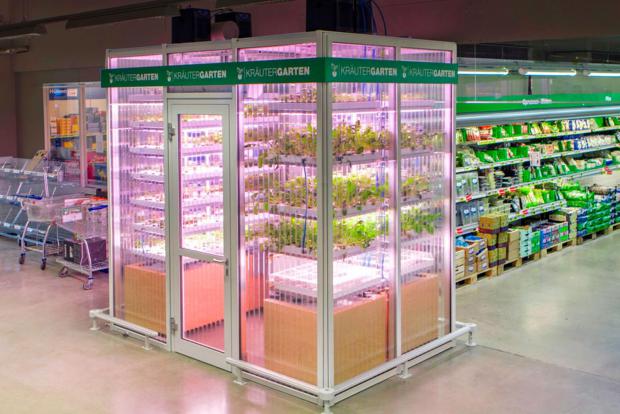
Breaking News
 Who Is ?@NickShirley?? | PBD Podcast | 710
Who Is ?@NickShirley?? | PBD Podcast | 710
 20 Cozy Ways to Celebrate New Year's Eve at Home
20 Cozy Ways to Celebrate New Year's Eve at Home
 The methylation switch: Scientists identify diet that can turn back the cellular clock
The methylation switch: Scientists identify diet that can turn back the cellular clock
 Americans are slaves for the wealthy elite's that write legislation along side corporations...
Americans are slaves for the wealthy elite's that write legislation along side corporations...
Top Tech News
 Laser weapons go mobile on US Army small vehicles
Laser weapons go mobile on US Army small vehicles
 EngineAI T800: Born to Disrupt! #EngineAI #robotics #newtechnology #newproduct
EngineAI T800: Born to Disrupt! #EngineAI #robotics #newtechnology #newproduct
 This Silicon Anode Breakthrough Could Mark A Turning Point For EV Batteries [Update]
This Silicon Anode Breakthrough Could Mark A Turning Point For EV Batteries [Update]
 Travel gadget promises to dry and iron your clothes – totally hands-free
Travel gadget promises to dry and iron your clothes – totally hands-free
 Perfect Aircrete, Kitchen Ingredients.
Perfect Aircrete, Kitchen Ingredients.
 Futuristic pixel-raising display lets you feel what's onscreen
Futuristic pixel-raising display lets you feel what's onscreen
 Cutting-Edge Facility Generates Pure Water and Hydrogen Fuel from Seawater for Mere Pennies
Cutting-Edge Facility Generates Pure Water and Hydrogen Fuel from Seawater for Mere Pennies
 This tiny dev board is packed with features for ambitious makers
This tiny dev board is packed with features for ambitious makers
 Scientists Discover Gel to Regrow Tooth Enamel
Scientists Discover Gel to Regrow Tooth Enamel
 Vitamin C and Dandelion Root Killing Cancer Cells -- as Former CDC Director Calls for COVID-19...
Vitamin C and Dandelion Root Killing Cancer Cells -- as Former CDC Director Calls for COVID-19...
The Next Big Trend: Farming In Your Supermarket

Tiny vertical farms are making a huge impact on the future of sustainable agriculture.
Credit: PopUpCity
Not only do these farms display the produce, but they actually grow crops in-house. This space-efficient method of production could potentially alter the future of small green businesses, allowing for the growth and harvesting of crops onsite. While larger scale versions of this urban model may not be a universally feasible option, INFARM aims to make their technology more accessible by scaling down the overall size.
Based on the concept of "farming as a service", INFARM has implemented a micro-scale crop of herbs at a Berlin METRO supermarket. Dubbed Krauter Garten (or herb garden), the hydroponic system relies on stacked units of planters and large LED lights to mimic natural sunlight conditions. Microsensors monitor the environmental facets and make adjustments to produce the most optimal growing conditions for the plants. Employees can control the various conditions of the greenhouse with an app, thus making monitoring intuitive and user-friendly. The vertical greenhouses also actually take up less space than a standard produce display and allow for shoppers to pick their own freshly harvested herbs and greens right in store.
The greenhouses are not just restricted to herbs and leafy greens, however; each may be configured to grow other crops such as peppers or tomatoes. Further development may even result in a wider range of produce offered in the future. With a vertical construction, the minuscule greenhouses are designed to maximize space and allow for a multitude of crops to grow even in the smallest of locations. The ultimate goal, as INFARM states, is to produce "a future where cities become self-sufficient in their food production, where autonomous farms grow fresh premium produce at affordable prices, eliminating waste and environmental impact."
When considering the high levels of spoilage and waste that is produced by retail supermarkets, as well as the costly expenditure of transporting crops to urban locations, the option of growing at least a fraction of the produce in-house arguably provides a significant enough benefit for both stores and customers that it should be pursued more widely. INFARM may even see an increase if this technology is extended to restaurants or retreat centers that focus on a farm-to-fork mentality.




